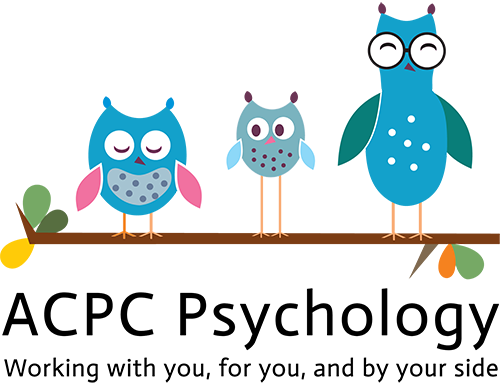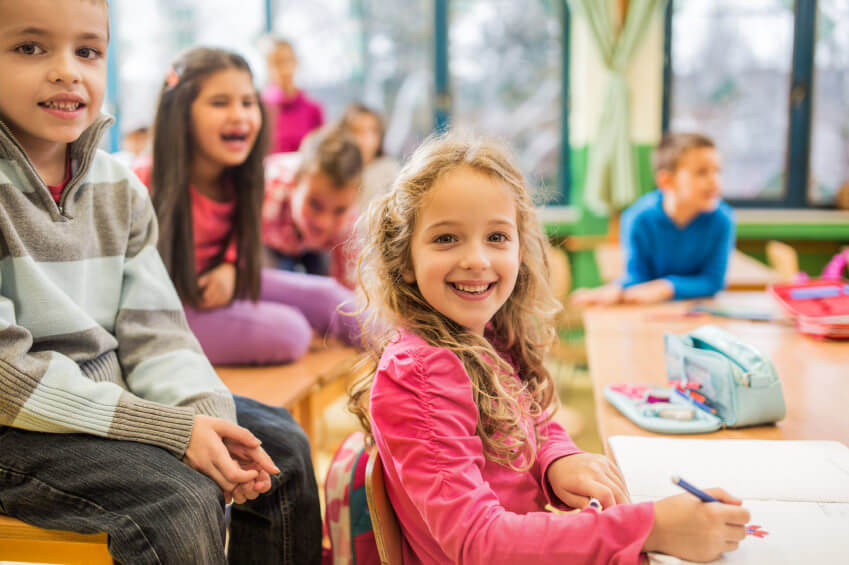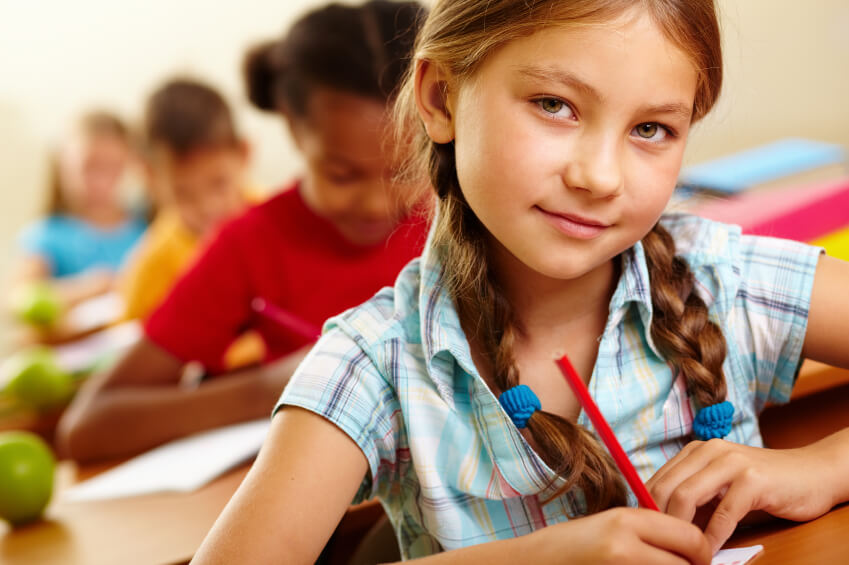What is Anxiety and How is it managed?

Anxiety has lots of meanings! The most common one is “worry” but it could also mean fear, nervousness, shyness, cautiousness or distress.
Contrary to what most people believe, Anxiety is a normal emotion; everyone has it and it is not always bad. It could help us to keep safe and survive. For example, imagine that you are about to cross the road and you see a car coming fast, heading towards you. You start feeling fear because you think that the car is going to run over you. So then you decide to go back and wait for the car to drive pass. This reaction is also known as the “Fight/ Flight response”. This is a stress response that we inherited from our ancestors. A long time ago when wild animals used to hunt us, our brain helped us survive reacting instantly and automatically to danger. Our brains have evolved to react to danger. This is how evolution has wired our brains.
MEET YOUR BRAIN:
The most ancient part of our brain is called Amygdala or also known as “Old Brain”. The Amygdala is in charge of the survival instincts, protection, emotions and worry alarm. The Amygdala sounds the alarm whenever it believes there is imminent danger and when the alarm goes off, our bodies prepare for FIGHT, FLIGHT or FREEZE. When the alarm go off we react in many different ways; for example, a child might say something unkind to the child that made them feel upset or a child might push another child when they get angry or a child might freeze when overwhelmed. When the Amygdala (the more emotional brain) is in charge, it will take over the New Brain (the more logical brain) which is put on hold. That’s why, during a FIGHT/ FLIGHT/ FREEZE response it is very hard to think rationally. The New Brain is in charge of problem –solving, memory storage, language, reasoning, thinking it through, future thoughts and imagination, so when the Amygdala takes over, we have a hard time focusing, remembering instructions, controlling impulses and making good choices.
Sometimes, Anxiety can be helpful too. It helps give us motivation, especially, if you are bit anxious about doing well in an exam, you are more likely to study for it. Top athletes, actors, tennis players and singers usually feel anxious before a performance. Anxiety helps them do their best!
Anxiety becomes very problematic when we experience it more easily, more often and more intensely. That’s when Anxiety begins to interfere with life, with family, home, school, friends, sports, etc.
So anxiety has 3 elements to take into account:
- BODY: heart beats faster, muscles become tense, breathing is faster, thought raising. These are to prepare your body for action (FIGHT/ FLIGHT/ FREEZE)
- THOUGHTS: negative thinking (“something bad will happen”) or worrisome.
- ACTIONS: running away, lashing out, staying away or avoidance.
Genetics could be one cause for Anxiety. Although there is not specific gene, emotional sensitivity seems to be genetically based. Anxious people are more sensitive, caring and responsible but they are also more prone to Anxiety and Depression. Anxiety could also come from Learning. Anxious people have somehow learned to expect that the world is a dangerous place. This Learning may come from parents, relatives or peers by picking up subtle cues about the way other people react to situations.
HOW IS ANXIETY MANAGED?
Most people don’t know what Anxiety is and therefore, the common fight/ flight symptoms are misinterpreted by more serious illness. There are multiple ways to manage Anxiety:
By learning the connection between Thoughts – Feelings and Body
Learning about Negative Automatic Thinking by identifying the way in which we used these unhelpful thinking styles (Black or White thinking or All or Nothing type of thinking, Emotional Reasoning, Catastrophizing/ Magnification or Minimisation, Jumping to conclusions by using “Mind Reading” or “Fortune telling” strategies, Labelling, Personalisation, “Should”/ “Must” type of thinking, Mental Filter and Disqualifying the positives) and how these will cause frustration and will reinforce the anxious pattern.
Applying Realistic Thinking instead of Negative Thinking.
Realistic Thinking is based on looking out for the evidence and the facts; using logic to think what is the best that could happen, the worst that could happens and what is the most likely to happen. Also to think what happened before.
Learning how to decrease our body sensations (triggered by our Fight/ Flight stress response). The most important technique is to work on the hyperventilation which could lead to dizziness, nauseas and faint. The controlled breathing techniques are very useful and should be practice as soon as possible and also often in the absence of stress responses. Visualisations techniques are also useful for shifting the focus of the attention. For example, visualising “My Special Space” is a wonderful and empowering exercise.
The practice of Mindfulness can activate the Pre Frontal Cortex and the Hippocampus (New Brain)
Mindfulness also soothes the Amygdala and some studies have shown that its practice helps to shrink the Amygdala. When we are mindful, we connect with what is happening in the “here and now” instead of thinking about past or future. The more Mindfulness you practice, the more you will experience calm moments and therefore you will become more focused and calmer. Some Mindfulness Exercises are Mindfulness Meditationthat helps to connect with the present moment, Body Scanexercise will help to pay close attention to physical sensations throughout your body; the goal is to bring awareness. Last, but not least, The 5 Senses exercisewill help to ground yourself in the present. The goal is to notice things through your senses. This is a very good exercise to help quickly shift the attention from negative thinking or FIGHT/ FLIGHT stress response.
Written by: Karina Feldmann, Registered Psychologist at ACPC
References
The Cool Kids Program, Parent’s and Children’s Workbook by Heidi Lyneham, Maree Abbot Ann Wignall and Rogan Rapee
Blissfulkids (2017). Mindfulness and the brain made easy. Retrieved from http://blissfulkids.com/mindfulness-and-the-brain/
Mindfulness Exercises (2005). Retrieved from TherapistAid.com



